HOW COLD IS IT IN LOFOTEN IN WINTER?
Believe it or not, winter weather in Lofoten isn’t all that bad! From December through March, the average temperature is 0°C (32 °F). However, the main thing that makes winter in Lofoten challenging is the wind chill!
The wind in Lofoten during winter blows at an average speed of 10m/s (22.3 mph/36 kph), but on some stormy days, there can be wind gusts with windspeed up to 25m/s (56 mph/90 kph.) Remember that on windy days the “feels like” temperature is different from the actual air temperature shown on a weather forecast.
The weather in Lofoten is very local, and it changes quickly. For example, you can have sunny weather on the south side around Reine and thick fog and unpleasant wind 20 km further north in Fredvang. Moreover, the sun might be shining when you start hiking up a mountain, but it can quickly become foggy, or it might start to rain, snow or hail.
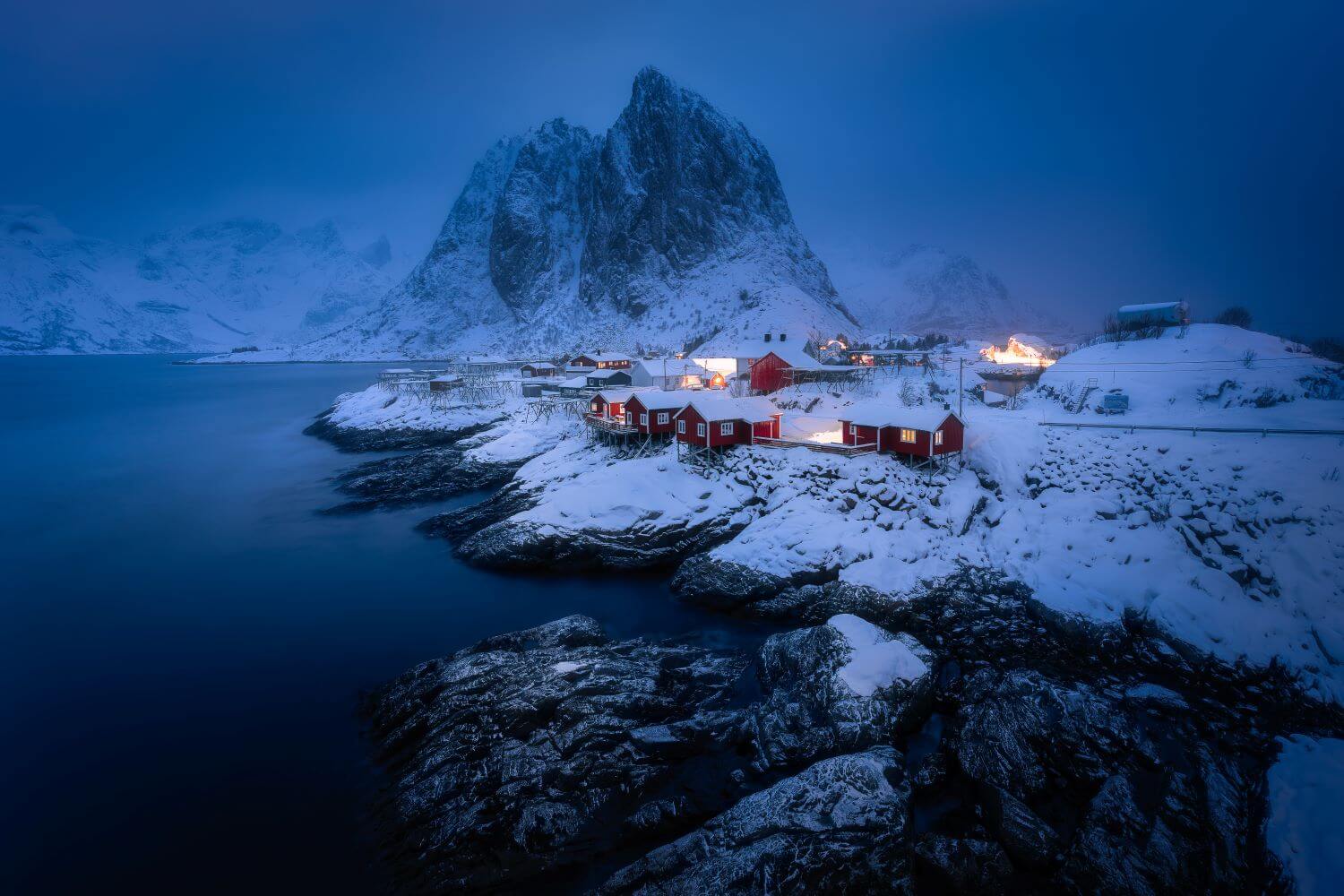
Classical view of Hamnøy in winter
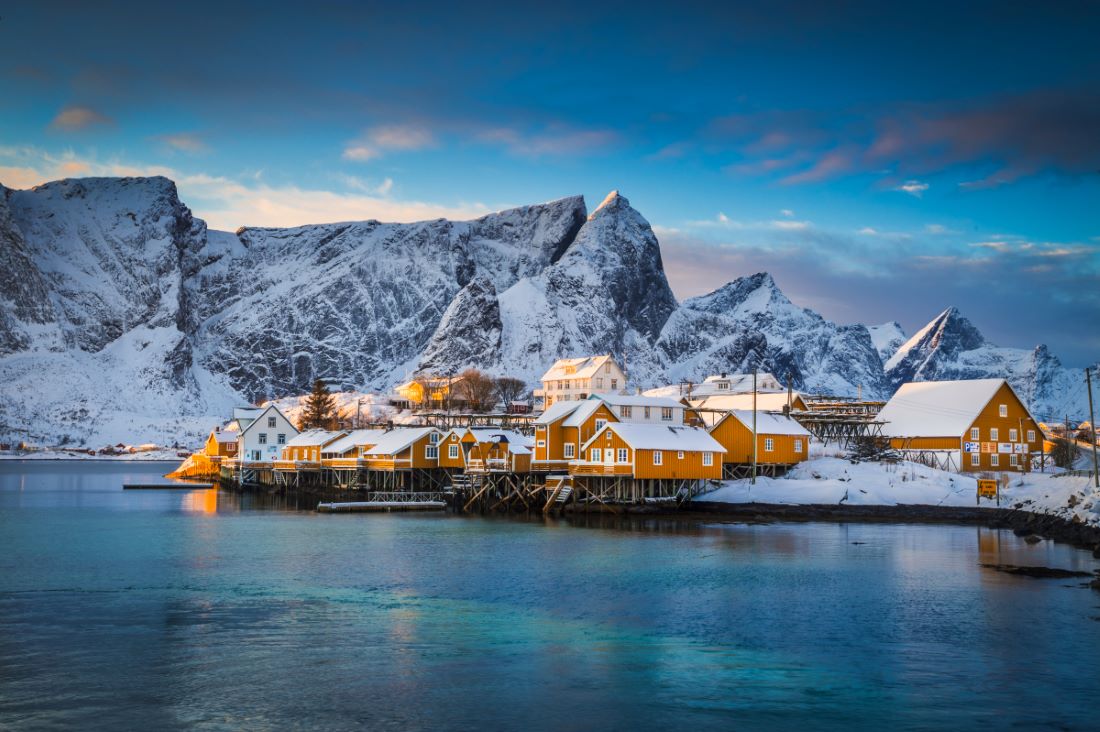
Beautiful winter view of Sakrisøy
SIMPLE RULES FOR WINTER PACKING FOR LOFOTEN
Norwegians have a proverb: There’s no such thing as bad weather — only bad clothing! So don’t be afraid of chilly temperatures and the cold Arctic wind. It’s easy for anyone to stay warm and dry during a winter trip to Lofoten.
Just follow these simple rules and use our packing list.
1️⃣ DRESS IN LAYERS
2️⃣ KEEP YOUR FEET WARM
3️⃣ PRACTICALITY OVER FASHION
DRESS IN WATERPROOF AND WINDPROOF LAYERS
Dressing in layers is the ultimate answer to all your questions regarding how to dress for Lofoten/Norway in winter. The layer system is designed to let you modify your clothing for all kinds of temperatures and weather conditions, with warm air generated by your body trapped between the layers to keep them warm.
In other words, you can easily remove, for example, your woolen sweatshirt (middle layer) when you are too warm.

LAYER 1: INNER LAYER
Dressing for winter in northern Norway starts with thermal underwear. Wearing thermal underwear is essential, as it is the main isolating layer that keeps you warm.
We talked earlier about the Norwegian proverb: There’s no such thing as bad weather — only bad clothing! (Det finnes ikke dårlig vær, bare dårlig klær).
So let me introduce you to other Norwegian words of wisdom: “Ull er gull” – “wool is gold”.
The inner layer will be in direct contact with your skin, so it should be comfortable and soft. On top of that it has to wick the perspiration away from your body.

THERMAL WOOLEN UNDERWEAR
Do you know how woolen clothes keep our bodies warm? One of the main reasons wool keeps you warm is that it doesn’t pull heat away from your body. Instead, because wool fibers have natural kinks and bends, they trap air to keep your body warm.
It gets better; not only does the wool keep your body warm. It is also capable of generating heat on its own. When a wool garment gets wet, water gets trapped in the wool’s porous fibers.
The mechanisms behind this natural process of water adsorption and evaporation can get pretty complicated. It all happens thanks to the combination of wool’s cellular structure, biophysical qualities, and chemical properties.
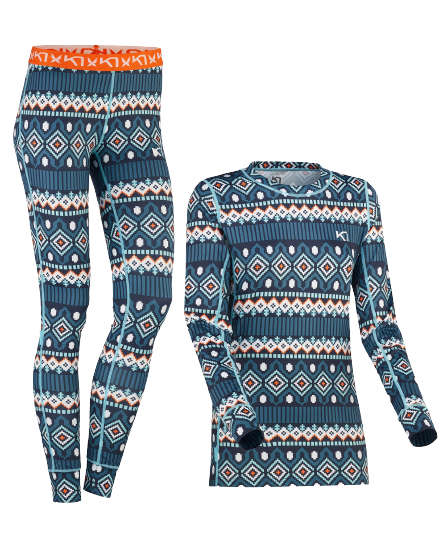
Overall, the important thing for you to know is this:
Your wool garments will keep you dry and comfortable by pulling moisture away from your skin and allowing the moisture to evaporate quickly.
We recommend you bring a complete set of woolen underwear (long shirt and long trousers) no matter the time of year you visit Lofoten. During the winter, we recommend you to bring two sets of woolen underwear. This layer can also double as pajamas, especially if you plan a visit to an Ice hotel.
(Note that there is no Ice hotel located in Lofoten, there is one in Kiruna, Sweden, and Tamok close to Tromsø.)
▶️ Base layer for men
▶️ Base layer for women
ISN’T WOOL ITCHY?
A lot of people tend to sway away from wool over concerns of the garment not being comfortable and being a little scratchy.
You may remember your woolen sweaters from when you were a child that was itchy and uncomfortable. However, spinning methods have improved quite a bit since back in the day, meaning nowadays knits are of much better quality.
Fine merino wool is soft and gentle on the skin through its natural properties and advanced knitting processes that it’s even suitable for underwear.
WHICH WOOLEN UNDERWEAR SHOULD YOU CHOOSE?

Kari Traa for Women
Most Norwegian women own at least one set of Kari Traa wool underwear. Kari Traa is a former Norwegian Olympic freestyle skier who got fed up with boring ski clothes and ugly base layers and came up with her own fashion brand.
Kari Traa is mainly known for her rose wool underwear design, which took woolen underwear from being something girls would hide under their ski coats to something they happily show off.
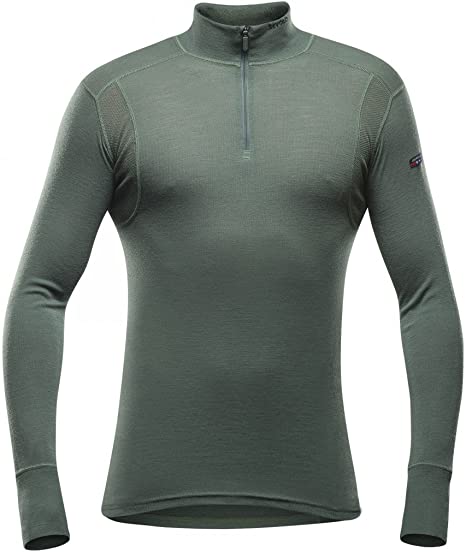
Devold for Men
When it comes to men’s clothes, the favorite brand in Norway is Devold, which is one of Europe’s oldest sportswear brands.
Since the foundation of the Devold factory in 1853, Devold has equipped famous polar explorers, hard-working fishermen, farmers, forestry workers, skiers, and everyone loving the Norwegian outdoors with woolens.
LAYER 2: MIDDLE LAYER
On top of the thermal underwear and underneath your jacket or parka, you will want mid-layer(s). Depending on the expected temperatures and your own comfort levels, you may want to pack one or more mid-layers.
The mid-layer preserves heat and transports moisture and excess heat from the body.
This layer should be looser-fitting and more voluminous than your underwear because you need to form an air gap between your underwear and outerwear. Go for flexibility – the idea is that you add or remove these layers depending on how warm you feel.
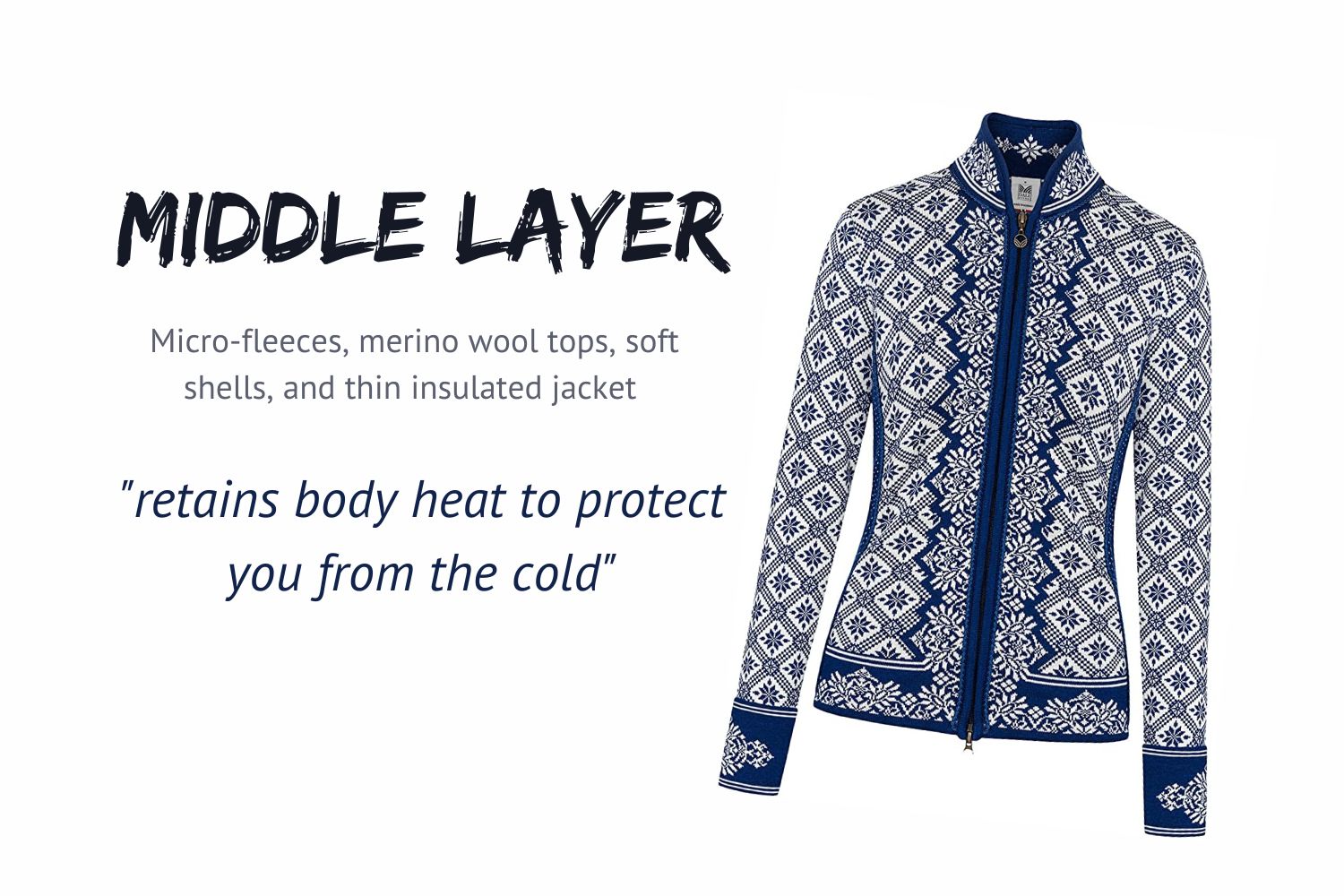
WOOL OR FLEECE SWEATSHIRT
A typical option for mid layers is a woolen sweatshirt, light down jacket or fleece hoodie.
The perfect thing about a woolen sweatshirt, apart from the unique qualities of wool mentioned above, is that you barely ever have to wash it.
Instead, you simply air it out. It is, therefore, sufficient to bring only one woolen sweatshirt for your whole stay and save space in the luggage.
During winter, you will often wear more than one mid-layer on top half of your body. Moreover, If you are active, you will find yourself constantly adjusting the number of mid-layers you are wearing. So you can go for a thinner fleece hoodie and a light down jacket or woolen sweatshirt on top.
For your lower body, you should chose not too tight outdoor pants, ideally fleece-lined or insulated. (You can have a look on these insulated pants (women / men).
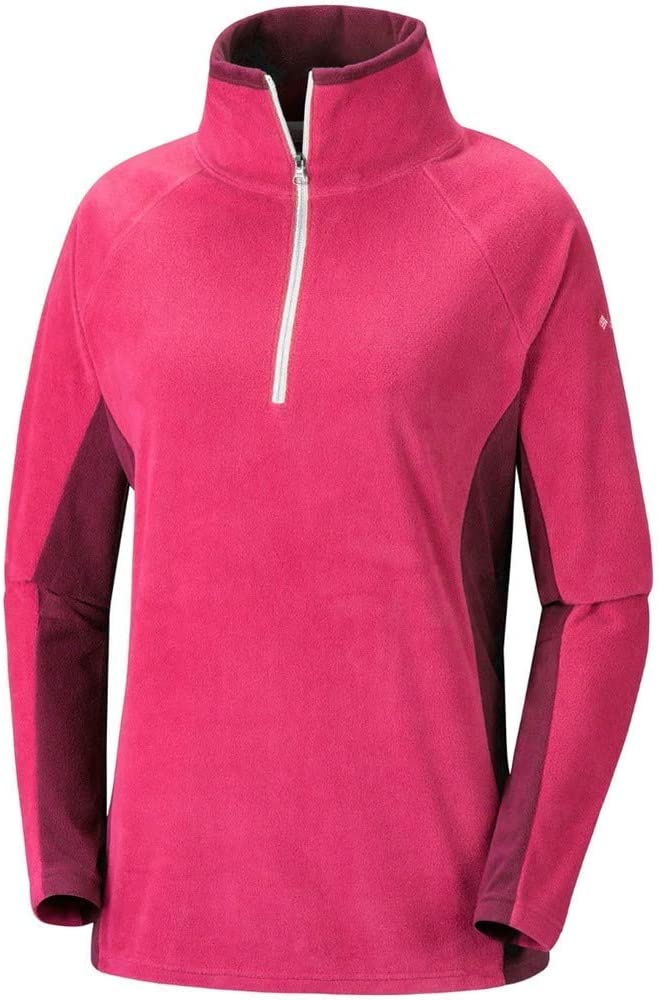
▶️ Mid Layer Women
▶️ Mid Layer Men
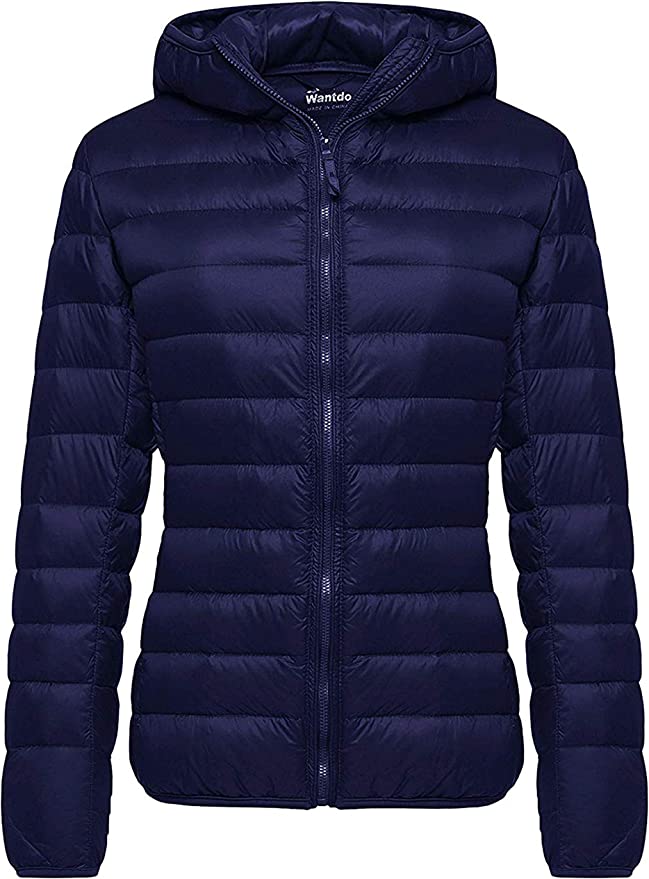
▶️ Thin Down Jacket Women
▶️ Thin Down Jacket Men
LAYER 3: OUTER LAYER
The outer layer is a matter of personal taste. Some Norwegians wear parkas; others wear sports down jackets or hardshell jackets based on the temperature, weather, and occasion. The outer layer is often referred to as the “shell” as it provides the ultimate protection against elements.
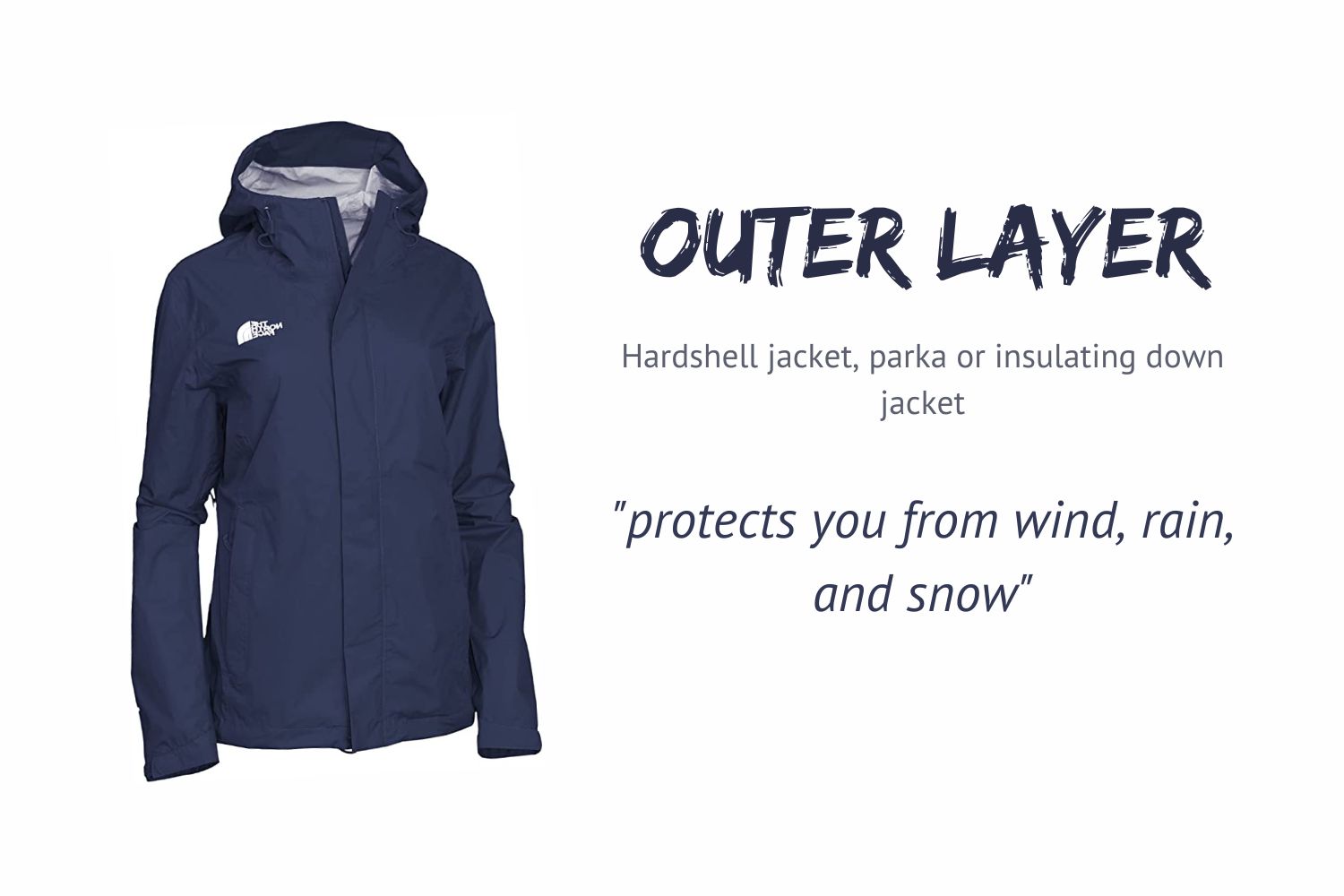
PARKA
Parka is a long padded coat with a hood, often lined with fur or faux fur. This kind of garment is a staple of Inuit clothing, traditionally made from caribou or seal skin.
Parkas were later adopted by the US military, for pilots and soldiers stationed in cold climates, with their oversized fit enabling them to be worn over bulky uniforms.
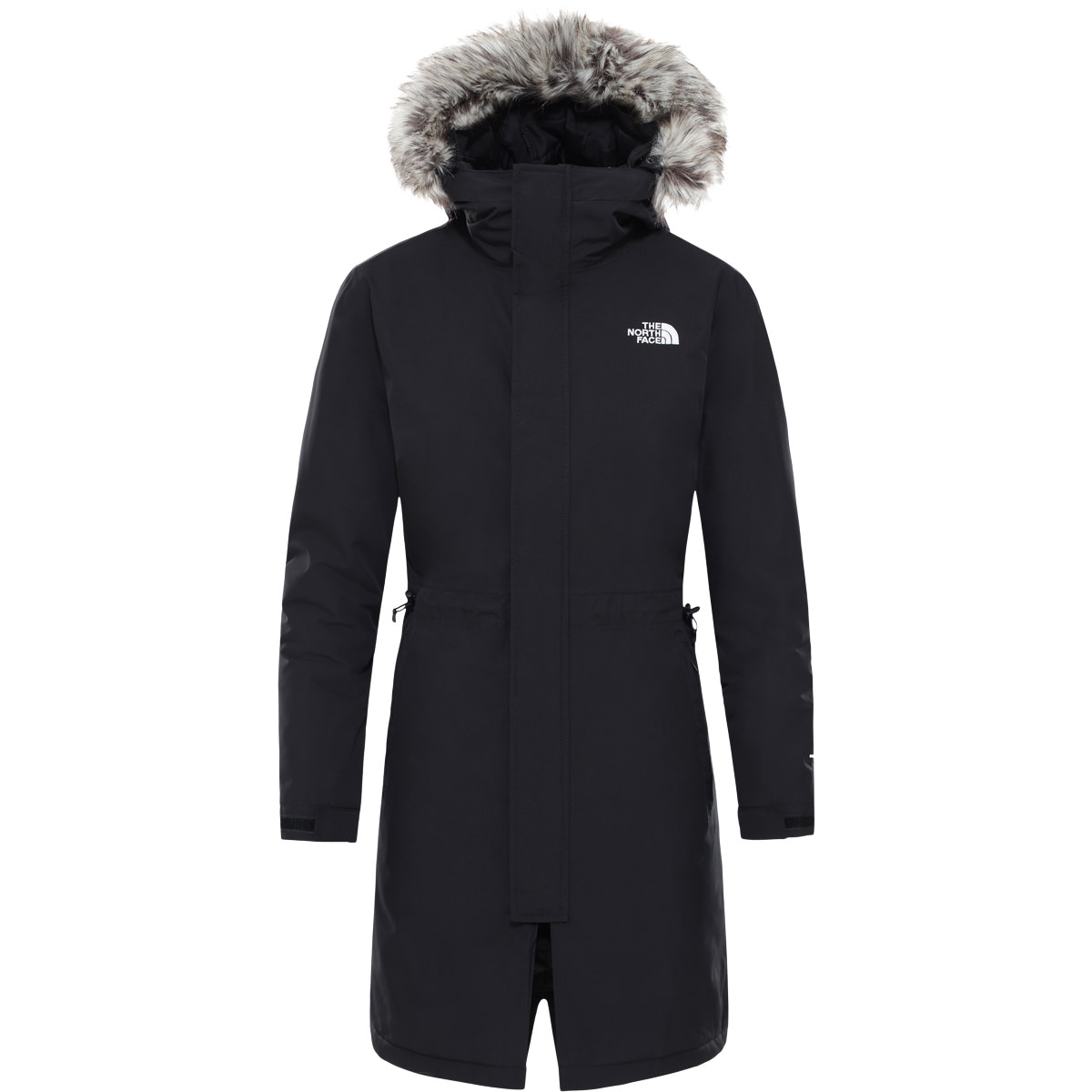
▶️ Parka for men
▶️ Parka for women
HARDSHELL JACKET
Personally, neither one of us owns a parka. We are not city types; we spend most of our free time in nature. So instead of a parka, we wear layers of woolen clothes with a hardshell or down jacket on top. Occasionaly, for example while chasing the northern lights, we add an extra warm down jacket on top.
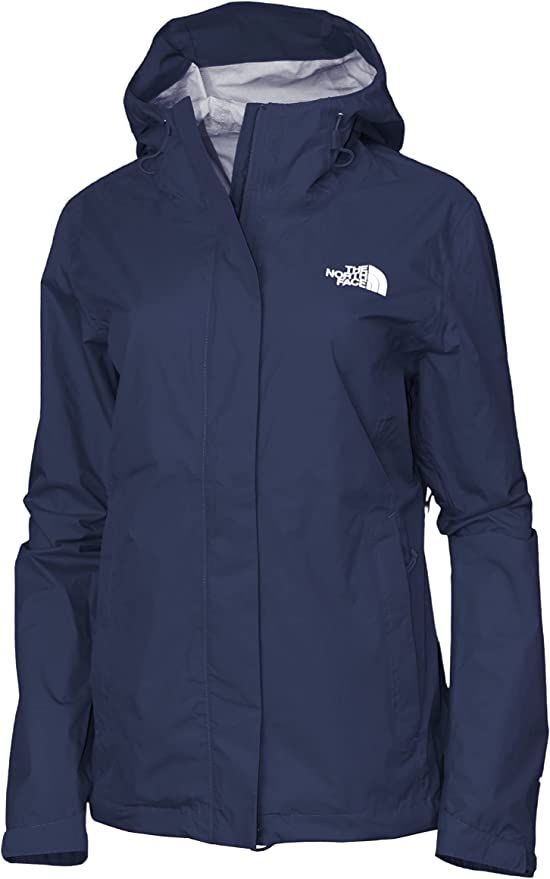
▶️ Hardhell jacket for men
▶️ Hardshell jacket for women
PARKA VS JACKET: WHAT IS BETTER FOR WINTER?
When choosing between a parka and a winter jacket, you need to ask yourself what kind of vacation you are planning.
 Will you be mostly walking in a town?
Will you be mostly walking in a town?
 Will you be standing on a beach waiting in the cold for northern lights to show up?
Will you be standing on a beach waiting in the cold for northern lights to show up?
 Or will you be active and go hiking, snowshoeing, or skiing?
Or will you be active and go hiking, snowshoeing, or skiing?
For example, you usually do not move much when waiting for northern lights or photographing them. In this case, a parka that covers your entire backside and runs down to the upper thighs or knees will keep you warm and comfortable.
The downside of parkas? They are bigger, bulkier, and heavier to carry if you pack them into the backcountry. Also, parkas are generally not as breathable as traditional winter jackets.
When hiking, skiing, or snowshoeing, you’ll most commonly wear a shell jacket and use the down jacket for extra warmth only when you stop, rest, or are in camp (you’ll overheat quickly while moving and wearing one). Consider buying a more oversized fitting garment that allows you to throw it over all your other layers.
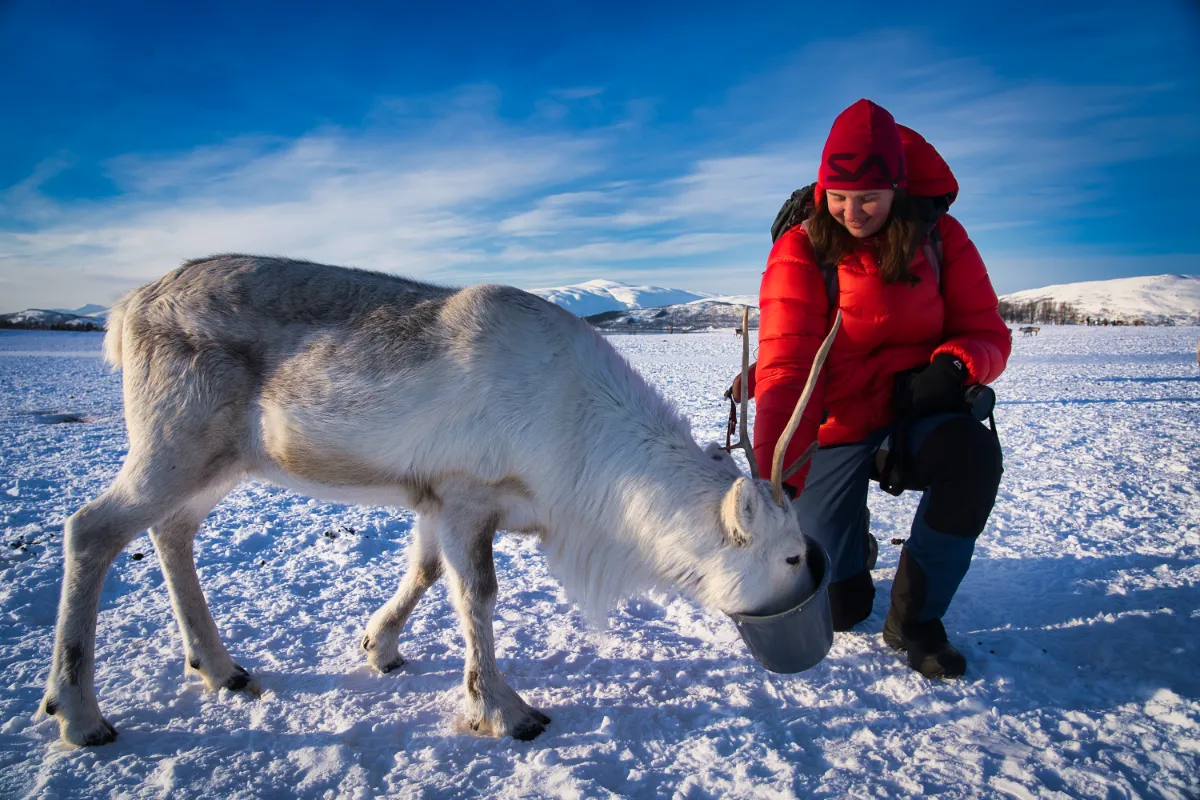
▶️ Thick down jacket for women
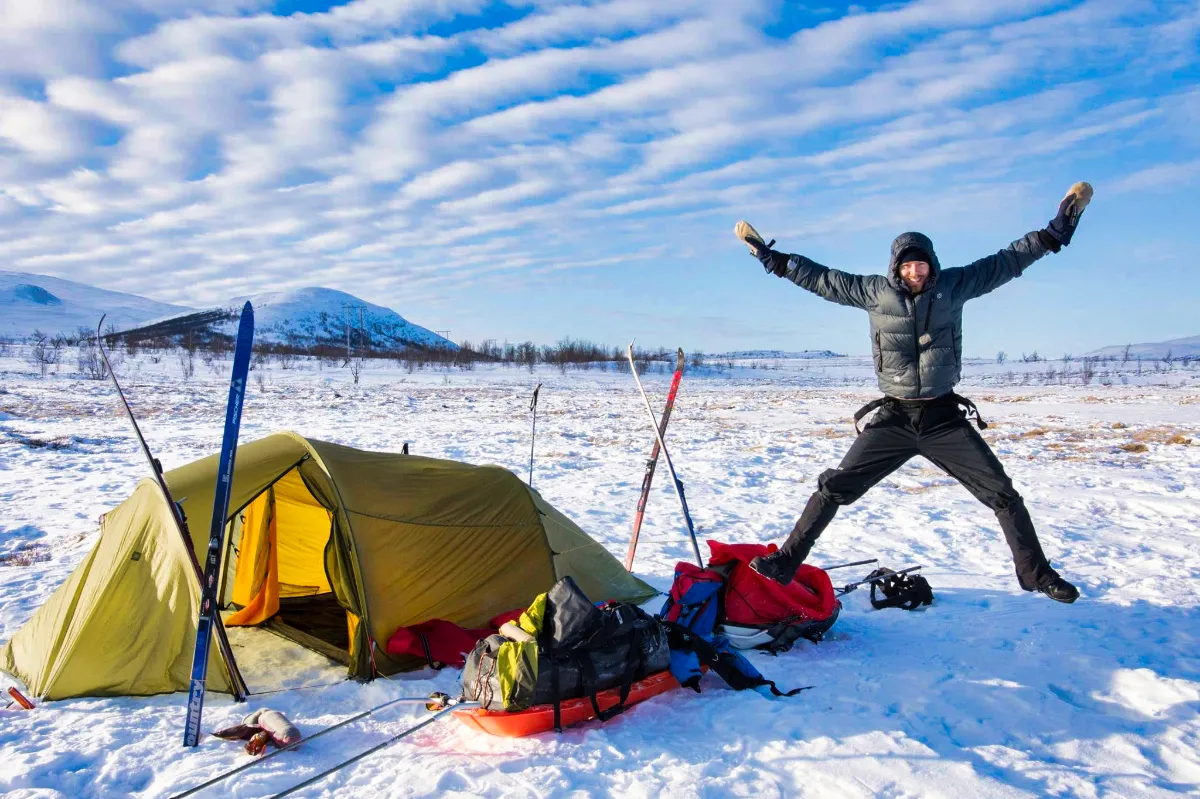
▶️ Thick down jacket for men
WATERPROOF AND WINDPROOF TROUSERS
When hiking, snowshoeing, or ski touring in winter, we wear windproof yet highly breathable softshell pants with woolen underwear beneath.
Of course, jeans are an option for strolling in town if that’s how you roll, but they can be very uncomfortable if wet. Moreover, they dry very slowly.
If you do not plan to participate in any outdoor activity, then fleece-lined winter leggings and a parka look fashionable and should keep you warm.
OUR TIP:
If you participate in organized activities, the activity providers will most likely offer you winter overalls/thermal packs and proper boots, especially for dog sledding, northern lights chasing, or snowmobile trips.
However, we would advise you to inquire about it in advance.


 To make it clear, by winter in Lofoten, we don’t mean just the typical winter months of December, January, and February.
To make it clear, by winter in Lofoten, we don’t mean just the typical winter months of December, January, and February.












 Will you be mostly walking in a town?
Will you be mostly walking in a town?

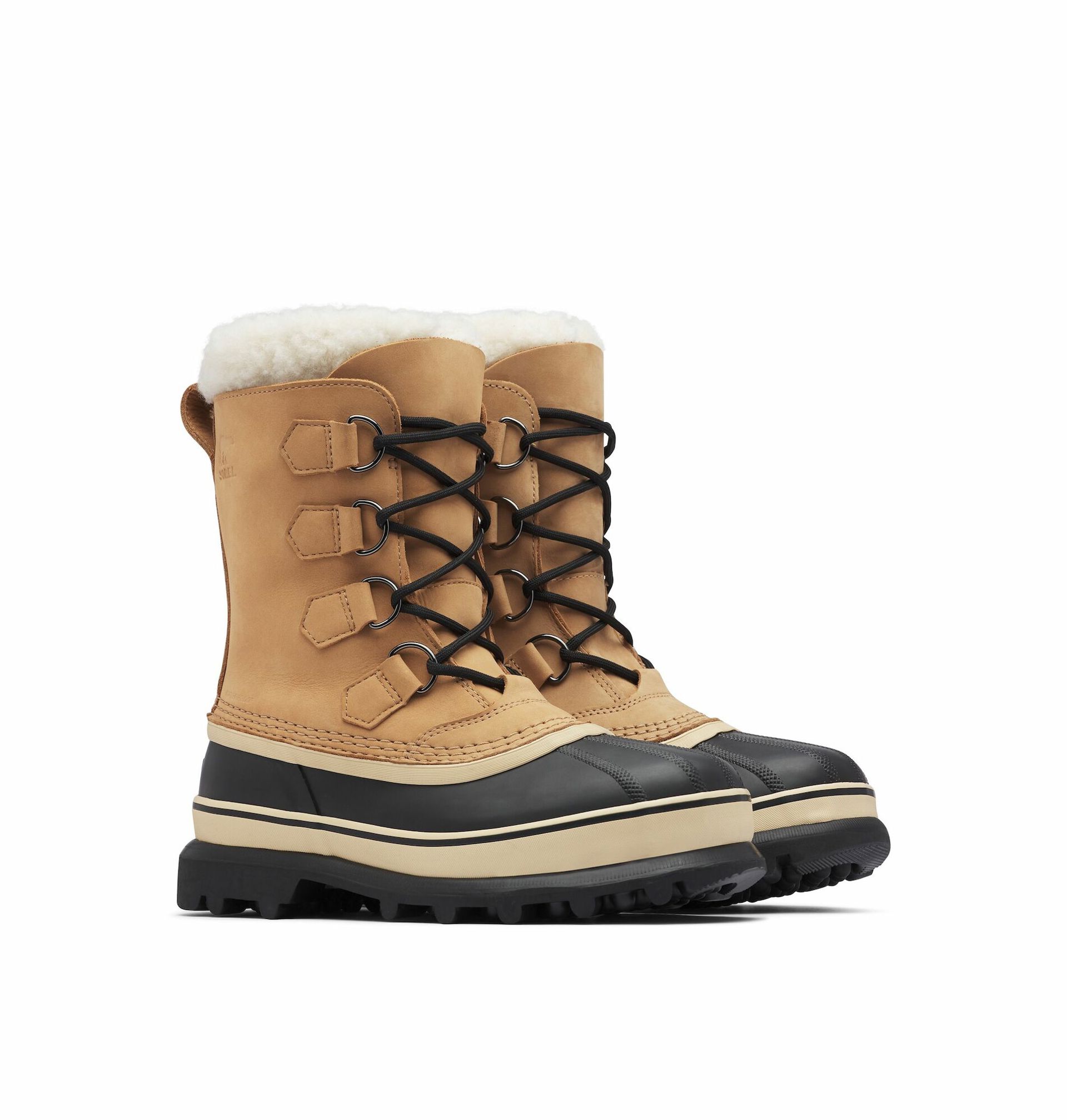
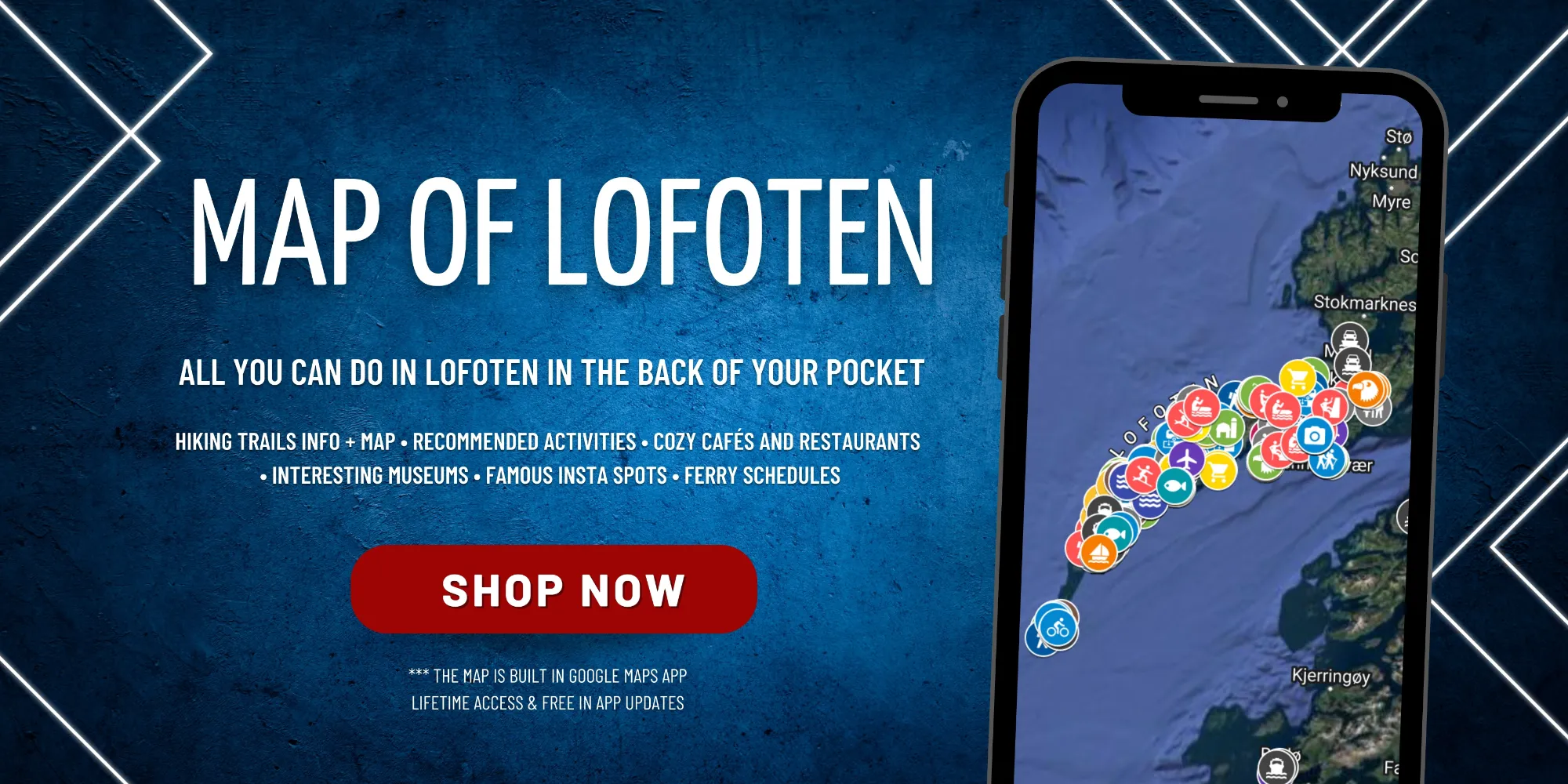


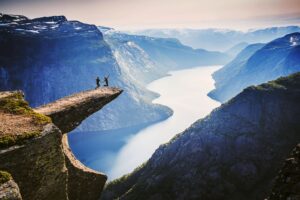
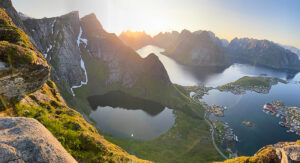
17 Responses
Ďakujem za výborný príspevok. Nórsko sme navštívili už v rôznych obdobiach okrem zimy. Tento rok ideme v marci autom zo Slovenska – Lofoty – Tromso – Nordkapp – Fínske Laponsko – Helsinky a Pobaltím domov. Váš blog je naprosto skvelý, úžasne prehľadný a s kopou informácii !!!
Great post! 🙌 It covers everything, so we have linked to it here: https://lilleviklofoten.no/adventures/
Thank you! We appreciate that! <3
Love your organized website with all sorts of links and advice! Coming for Christmas but most excursions seem sold out 🙁
Thk u for all this info. Simply can’t wait to visit Tromso end November. See you all very soon.
What an informative and well written article for people like myself who have never travelled to such a cold climate before. It’s much appreciated!!
hi dear
really appreciation your information as i am travelling in dec this yr , i enjoy your posting
“Wow, what an amazing blog post! I loved how you presented your ideas clearly and concisely. Your writing style is engaging and kept me hooked from start to finish.
It’s evident that you’re passionate about the subject matter, and it shows in your writing.
Keep up the fantastic work! Looking forward to reading more from you in the future.
Keep up the fantastic work! Looking forward to reading more from you in the future.
This article is truly inspiring and motivates me to take action towards positive change.
Such lovely articles are my favorite to peruse. I appreciate you publishing an informative article with pictures.
Thank you for providing this informative information.
Just Wow Thanks for most relevant tips about everything and i think it’s very helpful brand new comer to Norway for making travel itinerary in Tromso and Liften specially i got huge Idea about clithing,Footwear and everithing specially thing to do that two places outstanding article for me.
Thank you, Md. We are happy that you found the article useful. We spent a great amount of time on it, and it is rewarding to see that you liked it.
Cheers,
Radka
Bonjour,
Site vraiment complet et utile!
Merci beaucoup pour toutes ces informations.
Nous avons un voyage de prévu du 22 au 27 février prochain, principalement à la recherche d’aurores boréales!
Vos conseils sont précieux, très bonne continuation,
Natari